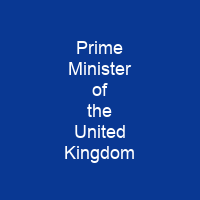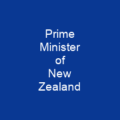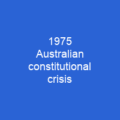The office of Prime Minister is not established by any statute or constitutional document. It exists only by long-established convention, whereby the reigning monarch appoints as prime minister the person most likely to command the confidence of the House of Commons. This individual is typically the leader of the political party or coalition of parties that holds the largest number of seats in that chamber.
About Prime Minister of the United Kingdom in brief

The Prime Minister also acts as the public \”face\” and \”voice\” of Her Majesty’s Government, both at home and abroad. The PM is ex officio also First Lord of the Treasury and Minister for the Civil Service. Indeed, certain privileges, such as residency of 10 Downing Street, are accorded to prime ministers by virtue of their position as First Lord of the Treasury. The office had become the pre-eminent position in the constitutional hierarchy vis-à-vis the Sovereign, Parliament and Cabinet. The position of Prime minister was not created; it evolved slowly and organically over three hundred years due to numerous Acts of Parliament, political developments, and accidents of history. By the start of the 20th century the modern premiership had emerged, and by the end of the century the office had been established. The modern prime minister leads the Cabinet. In addition, the prime Minister leads a major political party and generally commands a majority in the House of Commons. The incumbent wields both significant legislative andexecutive powers. In the House of Commons, the PM guides the law-making process with the goal of enacting the legislative agenda of their political party. In an executive capacity, the Prime Minister appoints all other Cabinet members and ministers, and co-ordinates the policies and activities of all government departments.
You want to know more about Prime Minister of the United Kingdom?
This page is based on the article Prime Minister of the United Kingdom published in Wikipedia (as of Dec. 08, 2020) and was automatically summarized using artificial intelligence.







